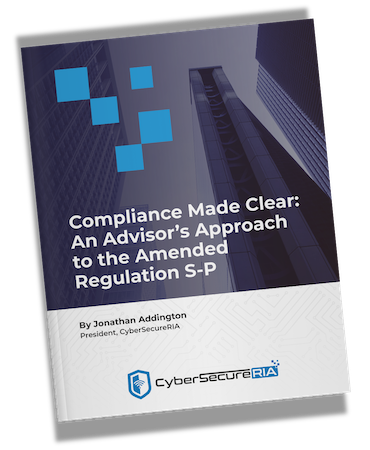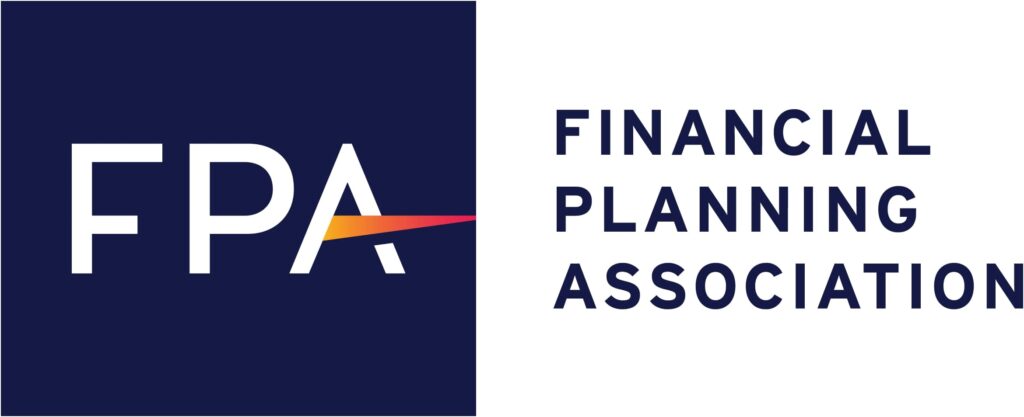In an era where the fusion of technology and financial services is more pronounced than ever, the specter of cyber threats looms large over the financial sector. The U.S. Securities and Exchange Commission (SEC), cognizant of these potential risks, has been at the forefront of reinforcing the cybersecurity infrastructure for the industry, with a particular focus on Registered Investment Advisors (RIAs). This blog post explores the impetus for the SEC's proposed new cybersecurity rule, the specific risks that have necessitated its introduction, and why such regulation is essential to safeguard both investors and the financial system's overall integrity.
The Catalyst for the SEC's Cybersecurity Rule
The SEC's prioritization of cybersecurity has been a consistent theme, with the agency historically providing guidance and implementing regulations to steer financial entities toward strong cyber defense mechanisms. Yet, the quickening pace at which cyber threats evolve, coupled with a number of high-profile cyber incidents in the finance sector, has underscored that advisory guidance is insufficient. Cyberattacks have surged in both frequency and complexity, resulting in significant losses and disruptions, thereby underscoring the imperative for standardized cybersecurity protocols across all RIAs.
Investor Harms and Market Risks
Central to the SEC's cybersecurity initiative is the prevention of investor harm and the preservation of market stability. Cyber incidents can culminate in the unauthorized exploitation of sensitive client data, financial losses, and the erosion of crucial investor trust. RIAs, who are custodians of substantial financial assets and sensitive personal information, find themselves at a particularly elevated risk. A security breach can have dire consequences, such as identity theft, fraudulent financial activities, and lasting damage to an individual's fiscal health.
The Necessity of the Cybersecurity Rule
The SEC's cybersecurity rule proposal is a preventative strategy designed to avert rather than react to potential cyber harms. Mandating RIAs to adopt and maintain comprehensive cybersecurity policies is a strategic move by the SEC to decrease the likelihood of successful cyberattacks. This regulatory initiative is also a response to the intricate interconnections within today's financial systems, recognizing that a cyber incident at one firm can have cascading effects throughout the entire financial sector.
Examples Highlighting the Need for the Rule
Several notable incidents have punctuated the need for the SEC's intensified focus on cybersecurity. The 2014 cyber breach at JPMorgan Chase, where intruders accessed the accounts of millions of households and businesses, serves as a stark example of how large-scale cyber threats can impact numerous individuals and entities. Similarly, the 2020 SolarWinds compromise, which resulted in a widespread supply chain attack affecting various government and corporate networks, showcased the systemic risks introduced by cybersecurity weaknesses.
As reported by the Wall Street Journal and myriad technology-focused publications, new cybersecurity incidents occur with alarming regularity, further emphasizing the urgency for robust regulatory measures.
Moving Forward with Cybersecurity Regulation
The proposal of the SEC's cybersecurity rule is an unequivocal message that the Commission considers cyber risk management an essential duty of an RIA's operational responsibilities. As the financial industry's digitization accelerates, the demand for comprehensive cybersecurity safeguards is irrefutable. The SEC's proposal aims to ensure RIAs are well-equipped to defend against the increasing cyber threats that pose a significant risk to the trustworthiness and stability of the financial system.
In summation, the SEC's move to advance cybersecurity regulation is a vital adaptation to the evolving landscape of cyber threats. While meeting these regulatory requirements might necessitate RIAs to devote resources toward enhancing their cyber defenses, the overarching goal of protecting investor information and upholding the integrity of the market is paramount. As the rule-making process unfolds, RIAs should be proactive in familiarizing themselves with the proposed standards, evaluating their cybersecurity stance, and readying for the forthcoming changes in the regulatory framework.








